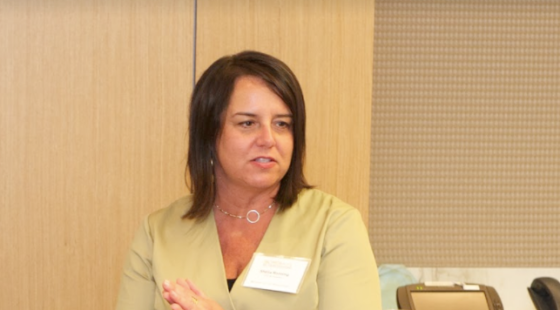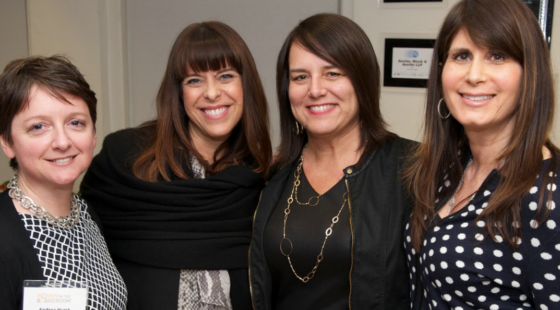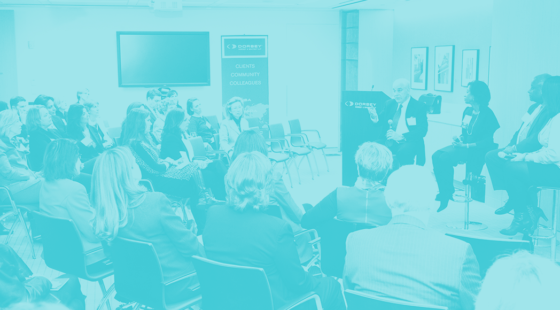Paddle through your fear is what white water rafting guides say when your Class IV river has unexpectedly turned into a Class V.
Make a tripod of your body and oar for balance,they advise, and keep your paddle in the water.
There’s always one person who folds to fear, pulls his oar out of the water, and unbalances the raft in the most treacherous of circumstances, flipping your fragile craft end over end and throwing everyone into the river.
My own dad, veteran mountain climber, sailor, and OG of the white water, pulled his oar out and held it to his chest like a shield one hot summer afternoon on the North Fork of the Salmon River as we headed toward a tumultuous hole directly in front of us.
I was behind him shouting paddle Dad, paddle Dad paddle Dad paddle Dad, to no avail.
We didn’t flip but the raging waters ripped him out of the boat. When he came swimming back and grabbed the hot, sticky rubber edge, I pulled him in, shaking my head and asking why he hadn’t dug his paddle into the water.
Because I saw that hole, he said, and I didn’t want to go there.
To Get on Board, You’ll Have to Paddle through Your Fear
I tell this story to introduce you to Sharon Stevenson, Co-Founder and Managing Director of Okapi Venture Capital, former President and CFO of Volcano Therapeutics, and Director on the Boards of PathCentral, OrthAlign, Obalon, and WellTok.
After earning her stripes as the second woman veterinary surgeon ever, Stevenson turned to academics and then jumped into the world of business and finance, where she ascended to the position of President and CFO of a life sciences corporation.
With an MBA from the UCLA Anderson Graduate School of Management, a PhD in Comparative Pathology from U.C. Davis, a Master of Science in Veterinary Pathology and Doctor of Veterinary Medicine from Ohio State University, you’d think Stevensen was fearless.
She’s not.
Women in the Boardroom
Speaking at a recent Women in the Boardroom event in Los Angeles with Harvey Mudd University President Maria Klawe and venture capitalist Kimberly Alexy, Stevenson told an impressive crowd of high potential women to “be fearless” in pursuit of their dreams.
Stevenson, a self-described “introvert,” paddles through her fear by asking for help, being of service, striving for excellence and, most important of all, implementing what she’s learned.
Hard work, a willingness to take risks and the courage to ask for feedback, Stevenson told the crowd, were all critical to her successful move from academics to commerce.
Prospective board members, she stressed, must learn what their responsibilities and liabilities will be in order to present themselves as credible candidates for board membership.
“It’s all at your fingertips online,” she advised, and what you don’t know you can learn by asking. “Understand the business and have something concrete to contribute to it.”
You don’t have to make yourself into another person to achieve what your counterparts are accomplishing, she advised.
“You need only be effectively who you already are while at the same time learning everything there is to know about the business it will become your responsibility to oversee and govern.”
Know Thyself
Among the three panelists who spoke at the recent Women on Board event (about whom I wrote here- Klawe and here – Alexy) it was Stevenson – that unstoppable whirlwind of degree-earning, career changing, corporate ladder climbing activity – who stressed the absolute necessity of knowing and honoring your genuine limitations.
Take drinking with the “boys” the night before a Board meeting.
Stevenson says it’s critical for her to manage her energetic output. If she doesn’t, she can’t assure herself that she’ll be in top form for an event as important and engaging as a working Board meeting. So she skips the late night revelry to conserve her resources.
“Know yourself,” she advised, “both your strengths and your weaknesses. And most importantly, know how to take care of yourself.”
Step-by-Step Advice
When I asked Stevenson for step-by-step advice in a post-event interview, she cautioned that her point of view was limited to “early stage, private companies where the Directors are expected to contribute in significant ways to the progress of the company.”
The first step, she advised, “would be develop substantial expertise in a given area—whether it is a specific industry sector such as cardiovascular or a function such as social media-based marketing.”
Next, focus on companies in the sector in which you have expertise.
Finally, network with people already associated with your target companies and include not only Board members but also their colleagues, members of the management team and the company’s attorneys, auditors, and consultants.
What You Need to Know
Any candidate for Director, Stevenson said, “should have a clear idea of why and how they would be of value to the company.”
And how about those financial statements? “Yes,” said Stevenson, echoing the two other women on Sheila Ronning’s Women in the Boardroom panel, you must be able to read, analyze and make projections about the future based on the company’s financial statements.
Where You Can Learn It
This is where Ronning’s organization comes in. The mission of Women in the Boardroom is to help women figure out if corporate board service is the right path for them. If the desire is there, you will learn steps you can take to get you there. The events are also about networking. You will meet other women who are like you, who want to learn and take their career to the next level.
WIB’s Signature event is the one I attended, featuring a panel of women with for-profit board experience. As WIB’s web page promises (and the event delivers) is being walked through the panelists’ personal story leading to the boardroom.
Coupled with those stories is information about the ”role of a board director, the board selection process, being an effective board member and next steps in getting there.”
Those who are preparing themselves to serve on a board within a year’s time are invited to join WIB as “VIP Members,” whose membership includes participation in unlimited Women in the Boardroom events, access to board openings, an invitation to a private luncheon with the panelists at the annual Signature event, an invitation to the annual Board Assembly event, and, introductions to connections to help you find your seat on the Board.
What impressed me the most about WIB’s offerings was the VIP members’ entitlement to a ninety minute call with a board coach who conducts an individualized Board Readiness skills review with “next step” recommendations and feedback on current Board documents with recommendations for Board ready versions.
Just last week here at ForbesWoman, Natalie MacNeil wrote a piece entitled Entrepreneurship is the New Women’s Movement. Having helped, in my own grassroots way, to launch the Second Wave Women’s Movement, I couldn’t agree more.
As I said to WIB’s Sheila Ronning at the end of our interview, “in twenty years you’ll look back at this time and be able to say, I helped end the War on Women by founding and running Women in the Boardroom.”
All you need to do is keep your oar in the water, make a tripod of your body for balance, and paddle through your fear.
The article by Victoria Pynchon for ForbesWoman was republished with permission. Read the original article from ForbesWoman here.
The opinions and experiences expressed by the author or subjects do not necessarily reflect those of Women in the Boardroom.






